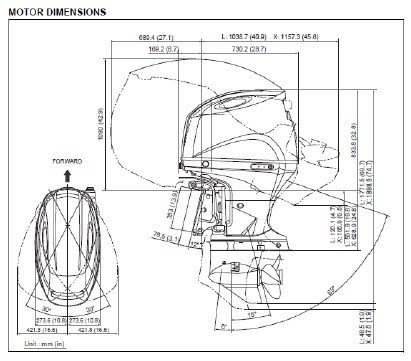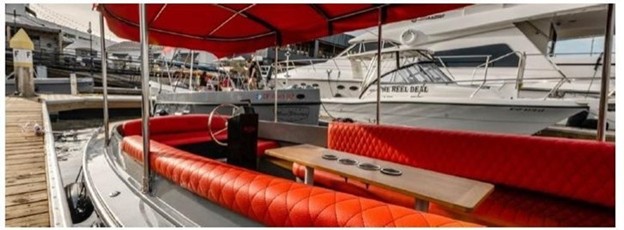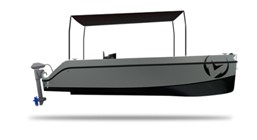As filed with the U.S. Securities and Exchange Commission on November 27, 2023
Registration No. 333-275503
UNITED STATES
SECURITIES AND EXCHANGE COMMISSION
Washington, D.C. 20549
FORM
REGISTRATION STATEMENT
UNDER THE SECURITIES ACT OF 1933

(Exact name of registrant as specified in its charter)
Québec |
| 3730 |
| N/A |
(State or other jurisdiction of | (Primary Standard Industrial | (I.R.S. Employer | ||
incorporation or organization) | Classification Code Number) | Identification Number) |
730 Boulevard du Curé-Boivin
Boisbriand, Québec J7G 2A7, Canada
Telephone: 450-951-7009
(Address of principal executive offices, including zip code, and telephone number, including area code)
Corporation Service Company
251 Little Falls Drive, Wilmington, DE 19808
Telephone: +1 302 636 5401
(Name, address, including zip code, and telephone number, including area code, of agent of service)
Copies to:
William Rosenstadt, Esq. | M. Ali Panjwani, Esq. Pryor Cashman LLP 7 Times Square, New York New York 10036-6569 |
Approximate date of commencement of proposed sale to the public: As soon as practicable after this Registration Statement becomes effective.
If any of the securities being registered on this Form are to be offered on a delayed or continuous basis pursuant to Rule 415 under the Securities Act of 1933, check the following box. ☒
If this Form is filed to register additional securities for an offering pursuant to Rule 462(b) under the Securities Act of 1933, check the following box and list the Securities Act registration statement number of the earlier effective registration statement for the same offering. ☐
If this Form is a post-effective amendment filed pursuant to Rule 462(c) under the Securities Act of 1933, check the following box and list the Securities Act registration statement number of the earlier effective registration statement for the same offering. ☐
If this Form is a post-effective amendment filed pursuant to Rule 462(d) under the Securities Act of 1933, check the following box and list the Securities Act registration statement number of the earlier effective registration statement for the same offering. ☐
Indicate by check mark whether the registrant is an emerging growth company as defined in Rule 405 of the Securities Act of 1933.
Emerging growth company
If an emerging growth company that prepares its financial statements in accordance with U.S. GAAP, indicate by check mark if the registrant has elected not to use the extended transition period for complying with any new or revised financial accounting standards provided pursuant to Section 7(a)(2)(B) of the Securities Act.
The Registrant hereby amends this Registration Statement on such date or dates as may be necessary to delay its effective date until the registrant shall file a further amendment which specifically states that this Registration Statement shall thereafter become effective in accordance with Section 8(a) of the Securities Act of 1933 or until this Registration Statement shall become effective on such date as the Securities and Exchange Commission, acting pursuant to said Section 8(a), may determine




















